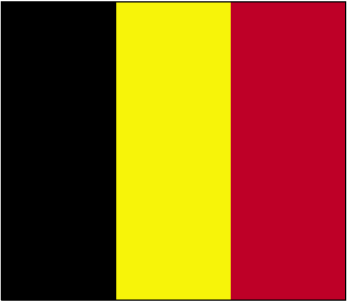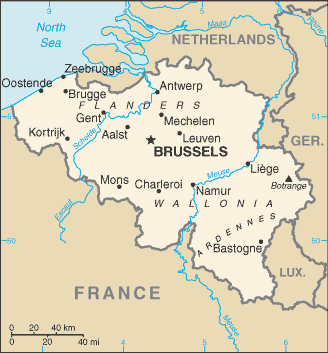Investing in Belgium


This modern, open, and private-enterprise-based economy has capitalized on its central geographic location, highly developed transport network, and diversified industrial and commercial base. Industry is concentrated mainly in the more heavily-populated region of Flanders in the north. With few natural resources, Belgium imports substantial quantities of raw materials and exports a large volume of manufactures, making its economy vulnerable to volatility in world markets, yet also able to benefit from them. Roughly three-quarters of Belgium's trade is with other EU countries, and Belgium has benefited most from its proximity to Germany. In 2010 Belgian GDP grew by 2.1%, the unemployment rate rose slightly, and the government reduced the budget deficit, which had worsened in 2008 and 2009 because of large-scale bail-outs in the financial sector. Belgium's budget deficit decreased from 6% of GDP to 4.8% in 2010, while public debt was just under 100% of GDP. Belgian banks were severely affected by the international financial crisis with three major banks receiving capital injections from the government. An ageing population and rising social expenditures are mid- to long-term challenges to public finances.
Chevron Belgium - http://www.chevron.com/countries/belgium/
National Bank of Belgium - http://www.bnb.be/
TOTAL Belgium - http://www.total.be/
Countries that border Belgium: Netherlands | Germany | Luxembourg | France
Learn more:
Back to Country Investing



